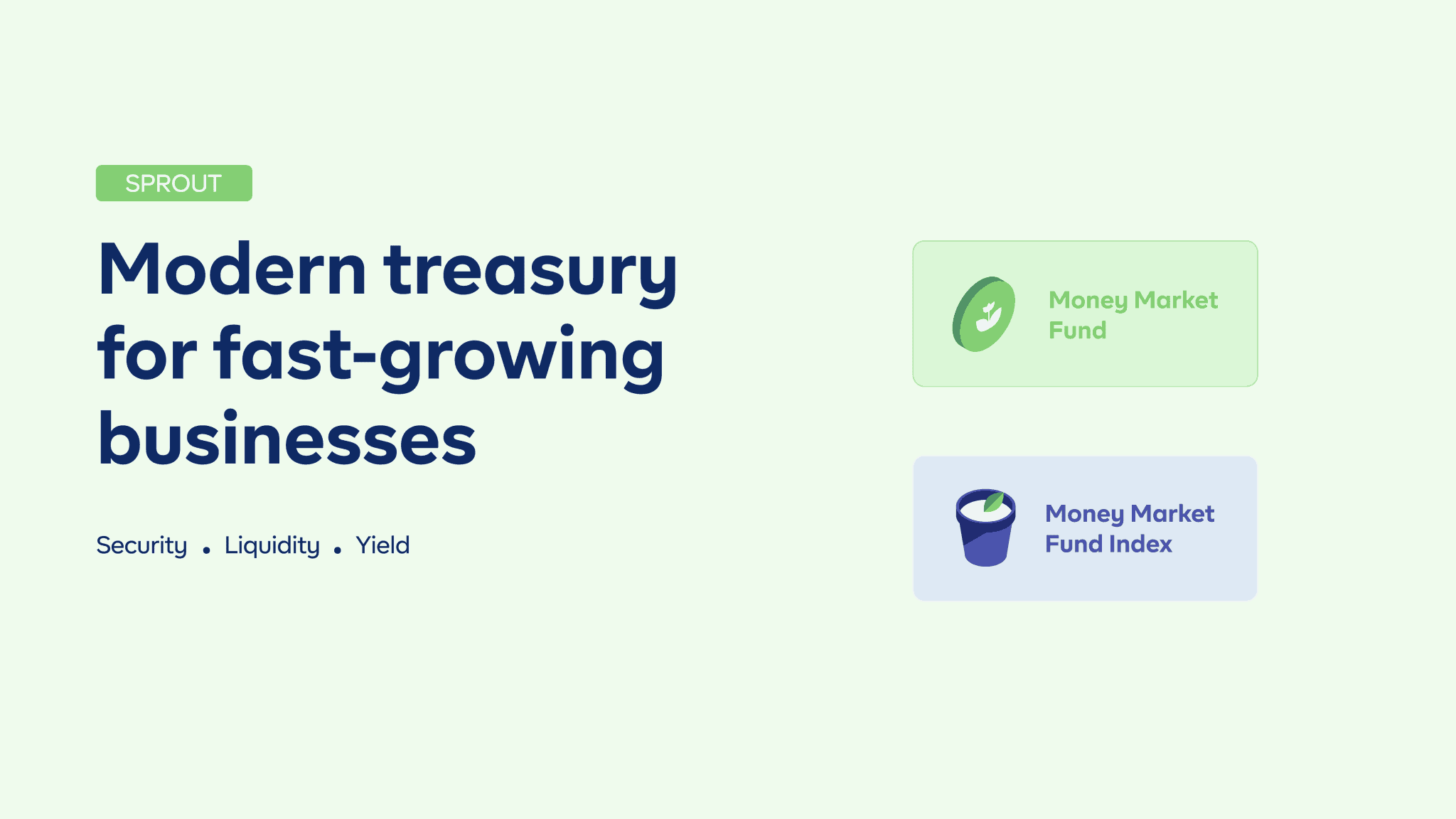
When “Playing It Safe” Becomes the Risk
Your business has healthy revenues, solid margins, and cash piling up in the bank. That’s a good thing, until it isn’t.
Across Africa, thousands of high-growth businesses are quietly bleeding value. Not because of poor strategy or weak execution, but because of idle cash: money sitting unproductively in accounts, eroded by inflation and detached from your growth engine.
Idle Cash in Context
What Is Idle Cash?
Idle cash is money not generating returns, not driving operational or strategic value, and not reserved for near-term expenses. It often sits in current or low-yield savings accounts “just in case.”
While a liquidity buffer is essential, excessive idle cash creates drag, especially in high-inflation environments like Nigeria.
The Liquidity–Yield Tradeoff
Managing business cash involves choosing your place on this spectrum:
| Strategy | Liquidity | Yield | Use Case |
| Current Account | High | 0–2% | Day-to-day operations |
| Savings Account | High | 2–5% | Emergency buffer |
| Money Market Funds | Medium | 10–13% | Optimizing reserves |
| Treasury Bills | Medium-Low | 11–14% | Short-term holding |
| Corporate Bonds | Low | 13–17% | Medium-term investment |
| R&D / Expansion | None | Variable | Strategic growth |
Your cash shouldn’t all sit at one end. It should be strategically distributed based on operating needs, growth stage, and risk appetite.
When Holding Cash Is the Right Move
Excess cash isn’t always bad. Some businesses need bigger buffers:
- Retailers managing inventory fluctuations
- Startups prepping for a fundraise
- Manufacturers with long receivables cycles
- Businesses operating in volatile FX environments
However, even in these cases, a portion of surplus cash can be optimised while retaining core liquidity.
A Simple Framework to Assess Idle Cash
Use this 3-step framework to assess whether your business is holding too much idle cash:
Step 1: Define Your Liquidity Floor
- Calculate 3–6 months of total operating expenses
- Add buffers for upcoming obligations (e.g., taxes, payroll spikes)
Step 2: Add Strategic Reserves
- Consider upcoming launches, M&A, or new hires
- Factor in industry-specific volatility (e.g., FX, regulatory risk)
Step 3: Compare vs. Reality
If your actual cash exceeds this total by 20% or more and earns <5% return, you’re likely sitting on idle capital.
How Different Industries Should Think About Idle Cash
| Industry | Recommended Cash Buffer | Reasoning |
| SaaS / Tech Startups | 3–6 months | Burn rate + agility |
| Agencies / Services | 2–4 months | Predictable receivables |
| Retail / FMCG | 4–6 months | Inventory-driven cycles |
| Manufacturing | 6–9 months | Capital-intensive + receivables |
| Fintech | 6–12 months | Regulatory and credit exposure |
These are directional, not prescriptive. Your ideal buffer depends on how predictable your revenue is and how fast you can cut costs in a crisis.
Real Consequences of Doing Nothing
Even if idle cash feels safe, it has serious costs:
Inflation Erosion
₦10 million in a 20% inflation environment loses ₦2 million in purchasing power annually.
Missed Growth
That same ₦10M could fund:
- A new sales team
- Market expansion
- R&D or product development
Strategic Lag
Competitors who deploy capital more quickly can outpace you in product, talent, and customer acquisition.
How to Stress-Test Your Cash Strategy
Run these scenarios every quarter with your finance team:
| Scenario | What to Model |
| FX Crisis | What if the naira devalues by 30% in 3 months? |
| Recession | Can we sustain a 6-month revenue dip? |
| Regulatory Delay | Can we float operations during policy bottlenecks? |
| Supply Chain Shock | Can we fund 90-day inventory delays? |
This exercise helps you justify reserve levels and decide when to reallocate excess.
Implementing Cash Optimisation: A Light Checklist
Before deploying idle cash, ask:
Internal Governance
- Who approves reallocation decisions?
- Is there a monthly or quarterly cash review process?
Partner Due Diligence
Ask investment providers:
- Are you SEC-licensed and regulated?
- Can I see your 3-year audited fund performance?
- How long is your average redemption timeline?
- Who manages the fund, and what’s their track record?
Red Flags
- Promises of guaranteed high returns
- Lack of transparency on where money is deployed
- No published fact sheets or history
- Opaque fund custodianship
Verification
- Check licenses at sec.gov.ng
- Ask for third-party audit reports
- Confirm asset manager affiliations
What About Tax?
Returns on money market or fixed-income investments may be subject to:
- Withholding tax (typically 10%)
- Inclusion in your company’s taxable income
- Capital gains rules depending on asset type and holding period
Before investing, speak to your accountant about:
- Tax deferral or offset strategies
- Proper categorization of investment returns
- If certain instruments qualify for exemptions or deductions
Integrating This with Existing Treasury Ops
Optimisation shouldn’t disrupt your workflow. Here’s how to integrate it:
- Use investment tools in parallel with your business bank accounts
- Maintain OPEX and receivables within your core banking setup
- Automate idle fund sweeps above a threshold (e.g. ₦5M excess)
- Reconcile returns monthly in your finance dashboard or ERP
- Schedule reallocation reviews in your treasury calendar
Think of cash optimization as a layer, not a replacement.
Don’t Let Your Balance Sheet Hold You Back
Every naira in your account is a growth asset or a shrinking one.
Idle cash might feel like a cushion, but in a high-inflation, high-opportunity market like Nigeria, it’s often the most expensive kind of safety.
You don’t need to overhaul your entire finance operation. Just start with clarity, cadence, and credible partners.

Explore a Trusted Option: Cowrywise Sprout
Sprout is a corporate investment platform built for Nigerian businesses.
It helps you:
- Invest idle cash in regulated assets
- Maintain liquidity
- Monitor returns in real-time
- Start with as little as ₦100,000
